INTRODUCTION
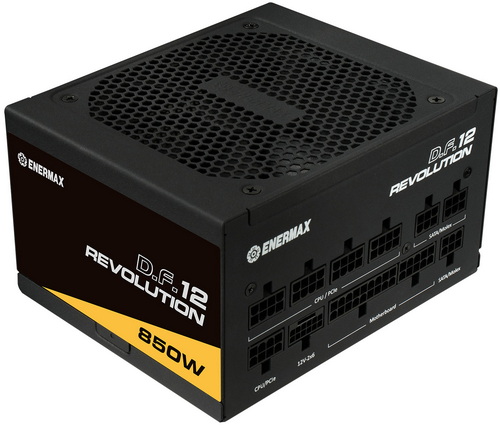
With both NVIDIA and AMD having all but unveiled the names of their upcoming graphics cards (GeForce RTX 5XXX / Radeon RX 7X5X) now could be the best time for consumers to start finalizing their list of new hardware components. On top of that the latest PCIe 5.1 and ATX 3.1 standards for power supply units have taken quality and performance a step further so again, this could be the right time to decide on either your new setup or how to upgrade your system. ENERMAX is among the very first companies to release PCIe 5.1 and ATX 3.1 compliant power supply units and after their very good PlatiGemini 1200W which I reviewed a while back today with me I have the compact ATX sized Revolution D.F. 12 850W model.
ENERMAX was founded in Taiwan in 1990 and is a world-renowned PC Power Supply manufacturer and maker of award-winning PC components such as chassis, coolers, fans, and peripherals, with recognition from consumers around the world. Our farsighted R&D capability is our key strength and we stick to our spirit of “Technical Innovation” and “Quality First” to create products that unleash the full potential of the system for every PC enthusiast. For more information, please visit us at www.ENERMAX.com
The Revolution D.F. 12 line of power supply units currently includes fully modular 750W/850W output models available both in black and white colors. Both output variants are 80 PLUS Gold certified (90% efficiency at 50% load), follow the PCIe 5.0 & ATX 3.1 standards and sport a single 12VHPWR (12V-2x6) GPU power connector (600W) together with three 8-pin (6+2) GPU power connectors. Other features include a single strong +12V rail (70.8A) capable of delivering almost 100% of the units’ total power output (849.6W) , peak power output of no less than 969.4W (peak should now be up to 1.7KW for up to 100ms - once again however this is not something I can test), full bridge LLC with DC to DC design, 115mm brushless dual ball bearing fan with patented Dust-free Rotation (D.F.R.) function and semi-fanless mode, high-quality Japanese capacitors certified for use up to 105 degrees Celsius, individual sleeved cables and a full array of electrical protections including over-current (OCP), over-voltage (OVP), under-voltage (UVP), short-circuit (SCP), over-temperature (OTP) and over-power (OPP). Finally, ENERMAX once again covers their products with a 10-year limited one.
SPECIFICATIONS AND FEATURES

PACKAGING AND CONTENTS
ENERMAX is using their new package for the D.F. 12 the front of which has a small product picture, company logo and some of the main features.
A product description and a 2D barcode pointing to the ENERMAX product page are placed on the left side of the box.
The main product features are showcased at the rear of the box with the help of 4 pictures.
Inside the box the unit is wrapped inside a synthetic cover and placed between two foam spacers (the modular cables are placed in a synthetic bag).
Along with the D.F. 12 850W power supply unit and its synthetic cover inside the box you'll also find the modular cables and their synthetic bag, power cable, tester, several cable holders, 4 mounting screws and the user manual.
THE D.F. 12 850W EXTERIOR
As expected, the D.F. 12 850W comes ready with a single 12VHPWR connector (600W).
The D.F. 12 series is the smallest ATX sized one in the market today with enclosures measuring 150mm in width, 122mm in length and 86mm in height (just a tad larger than an SFX model).
An 115mm double ball bearing fan sits behind a grille with the ENERMAX name and logo at its center.
Stickers on both sides of the enclosure have the company and product names on them.
Typically, the electrical table is placed on a sticker located at the base of the enclosure.
At the front we find a total of 11 modular connectors all of which are tagged.
Turning the D.F. 12 850W around we find the on/off power switch, on/off D.F button and the power port.
THE D.F. 12 850W INTERIOR
The 115mm dual ball-bearing fan is manufactured by ZETA Group (details are not available for this fan but it should hit and perhaps even surpass 1800-2000RPM).
Shenzhen RSY (OEM) seems to be behind the new D.F. 12 line, just like with the PlatiGemini series.
Both primary capacitors are manufactured by the Japanese rubycon and are certified for use up to 105 degrees Celsius.
Secondary capacitors are manufactured by both rubycon and unicon (also Japanese) and again are certified for use up to 105 degrees Celsius.
TEST BED
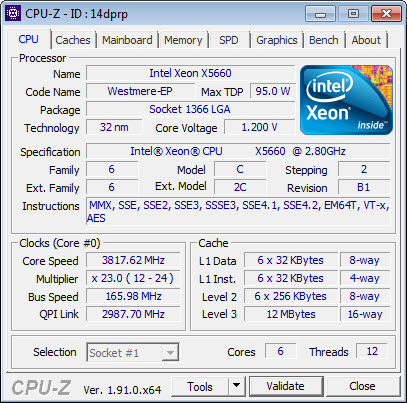

TESTING METHODOLOGY
Using a dedicated measurement instrument such as a Chroma or a SunMoon to test power supply units is without doubt the most ideal and accurate way (not to mention the fastest) to do that currently. However, it's certainly not the only way there is and so pretty much anyone can test a power supply unit just by using a test rig. Certainly, limitations do apply and so you can't really push a 1000W power supply to its limits if your system only uses 500W at peak loads and that's why over the years we saved certain hardware components for the purpose of building a dedicated PSU test rig. True it may not be as accurate as the above mentioned solutions, but it comes really close and is in fact much closer to real world usage. So as always, we ran several games with maximum graphic options enabled at a resolution of 2560x1600 in order to stress every hardware component and increase the overall power demands of the system. The Passmark BurnIn Test was also used to overstress the components in an effort to provide the most accurate results possible. As a final test we also used the latest OCCT 4.4 software and its dedicated PSU testing suite since it can really bring a power supply to its knees after inside a few minutes.
Rail stability was checked/measured with the CPUID Hardware monitor and a Metex multimeter which also recorded the system load in idle and in load. As always try to remember that the power consumption numbers listed in the graph are the highest (Peak) ones recorded during the entire duration of the tests and not the average ones. Noise levels coming from the fan were recorded using the high precision HD600 ExTech Sound dBA Meter from the rear of the unit and at a range of no more than 5-10cm. Readings under load are recorded the exact moment we manually switch the fans of all graphics cards from full speed to almost zero, that way the fan of the power supply does not have enough time to slow its RPM and so by doing this we get very accurate noise level readings. Needless to say, in order to get 100% accurate readings, you need to have a noise isolated room for that exact purpose, something which is quite impossible unless you are working inside a real lab (some people use very small noise insulated boxes but due to their size both heat and noise exceed normal levels and so the results can't really be considered to be 100% accurate, nor realistic for that matter). Also do take into account that since all noise measurements take place from just 5-10cm away the final noise levels to reach your ears will be considerably less.
* After well over 10 years of testing PSUs the Intel Core i7-920 CPU of this rig failed and so we replaced it with a Xeon X5660 (we also swapped the GA-X58A-UD7 for the G1. Assassin).
TEST RESULTS



CONCLUSION
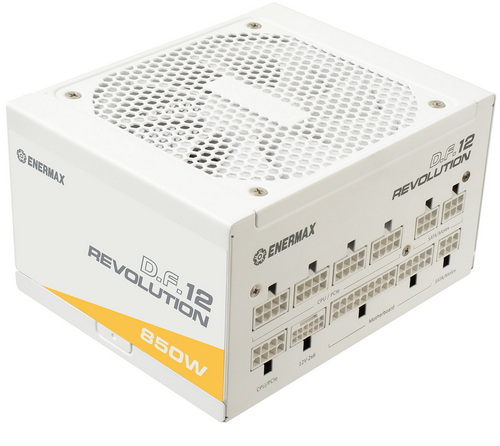
One thing I feel I need to point out before everything else is that the new Revolution D.F. 12 line is not an SFX one. Yes, at 122x150x86mm the D.F. 12 models are almost as small as SFX models but not quite and so this isn’t an ideal choice for cases aimed towards use with SFX power supplies. Size aside the Revolution D.F. 12 850W did extremely good across the board. Rail stability is extremely good, the electrical protections work well and both the PCIe 5.0 and ATX 3.1 compliance assures this model is ready for everything you can throw at it (as long as its within its rated output). Noise levels are also very good and well within acceptable levels. Of course, my test rig didn’t manage to squeeze all 850W out of the D.F. 12, so I do expect noise to increase if your system does but only by a small amount. My sole issues with the D.F. 12 are the lack of available outputs (550/650W would be very nice to have) and the fact that it lacks PCIe 5.1 compliance (unlike the PlatiGemini – both released at the same time).
Right now, the Revolution D.F. 12 850W power supply unit by ENERMAX retails for USD139.99 inside the USA (Amazon.com) and for 124.94Euros inside the EU (Amazon.de) a price tag which is certainly very good for what you’re getting in return. Once again ENERMAX has released a very good power supply unit and even though it’s not perfect it still delivers very good results and is worthy of our Golden Award.

PROS
- Build Quality
- Very Good Rail Stability
- PCIe 5.0 & ATX 3.1 Compliant
- 80 PLUS Gold Certified
- 12VHPWR 600W Connector
- Compact Size
- Single Strong +12V Rail (70.8A)
- Fully Modular
- Electrical Protections (OVP/SCP/UVP/OPP/OCP/OTP)
- Available In Black & White Colors
- Semi Fanless Mode With D.F.R (Dust Free)
- 10 Year Limited Warranty
- Price (For Some)
CONS
- 750/850W Outputs Only
- Not PCIe 5.1 Compliant

 O-Sense
O-Sense





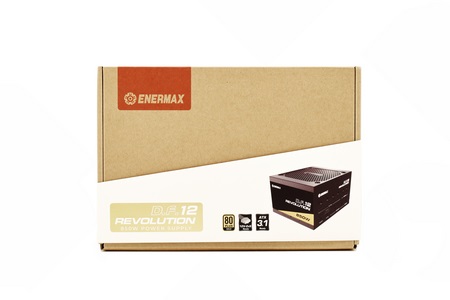
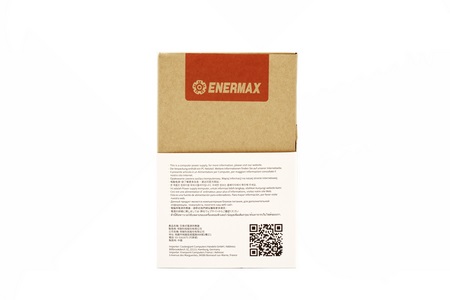
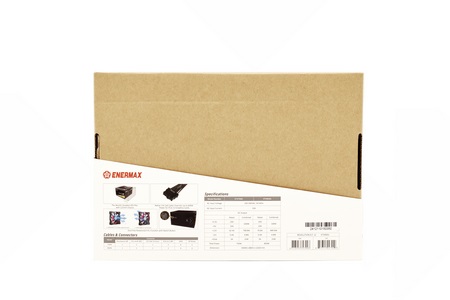
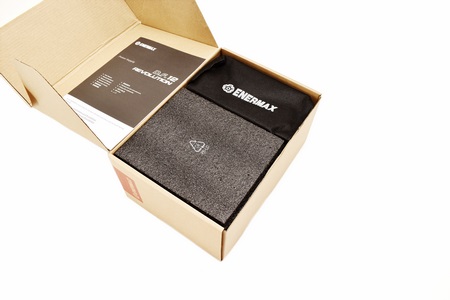
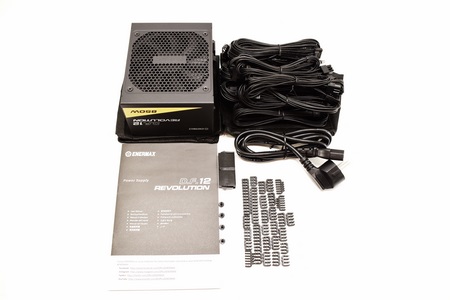
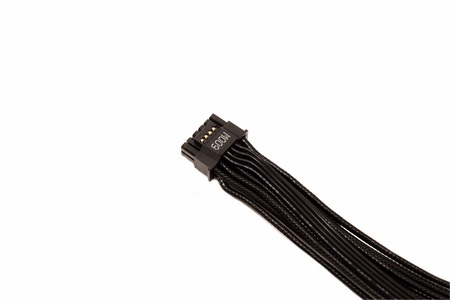
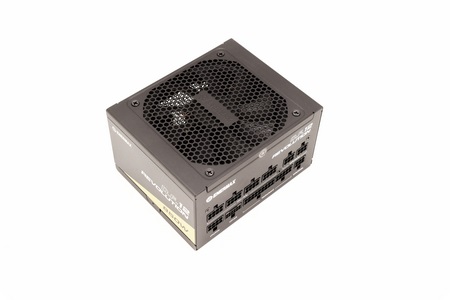
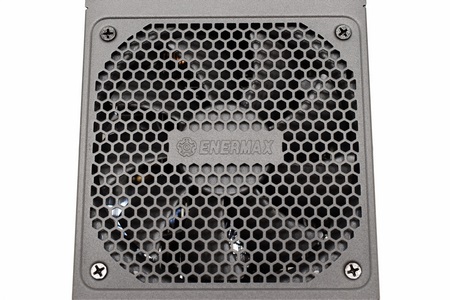
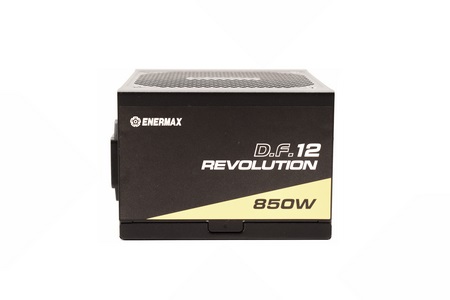
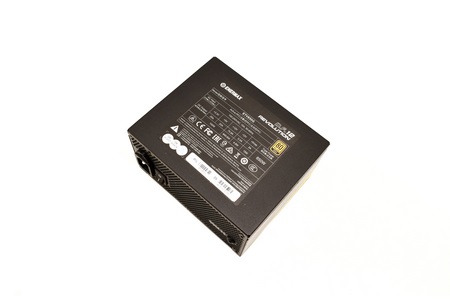
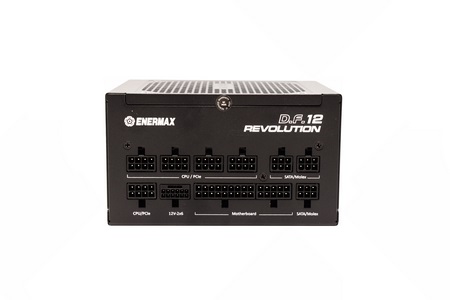
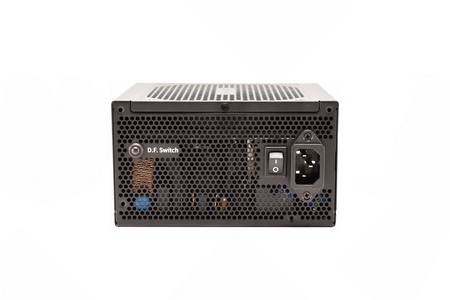
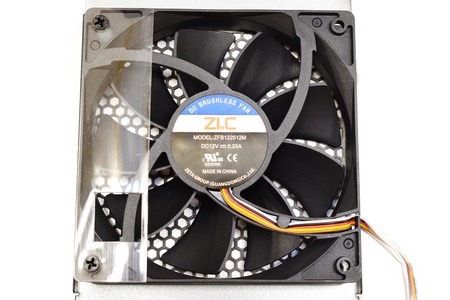
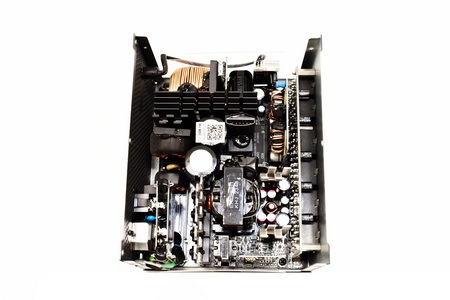
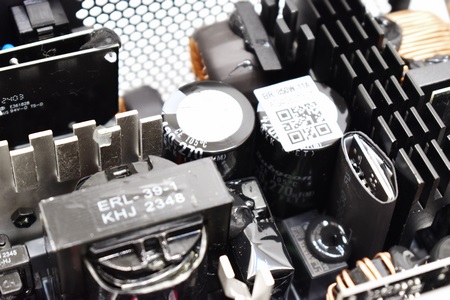
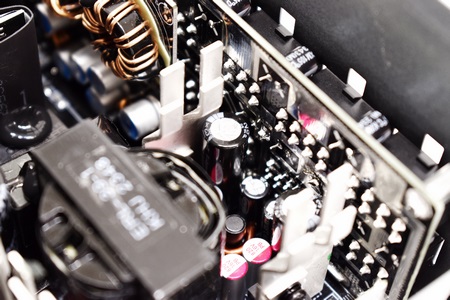


.png)

